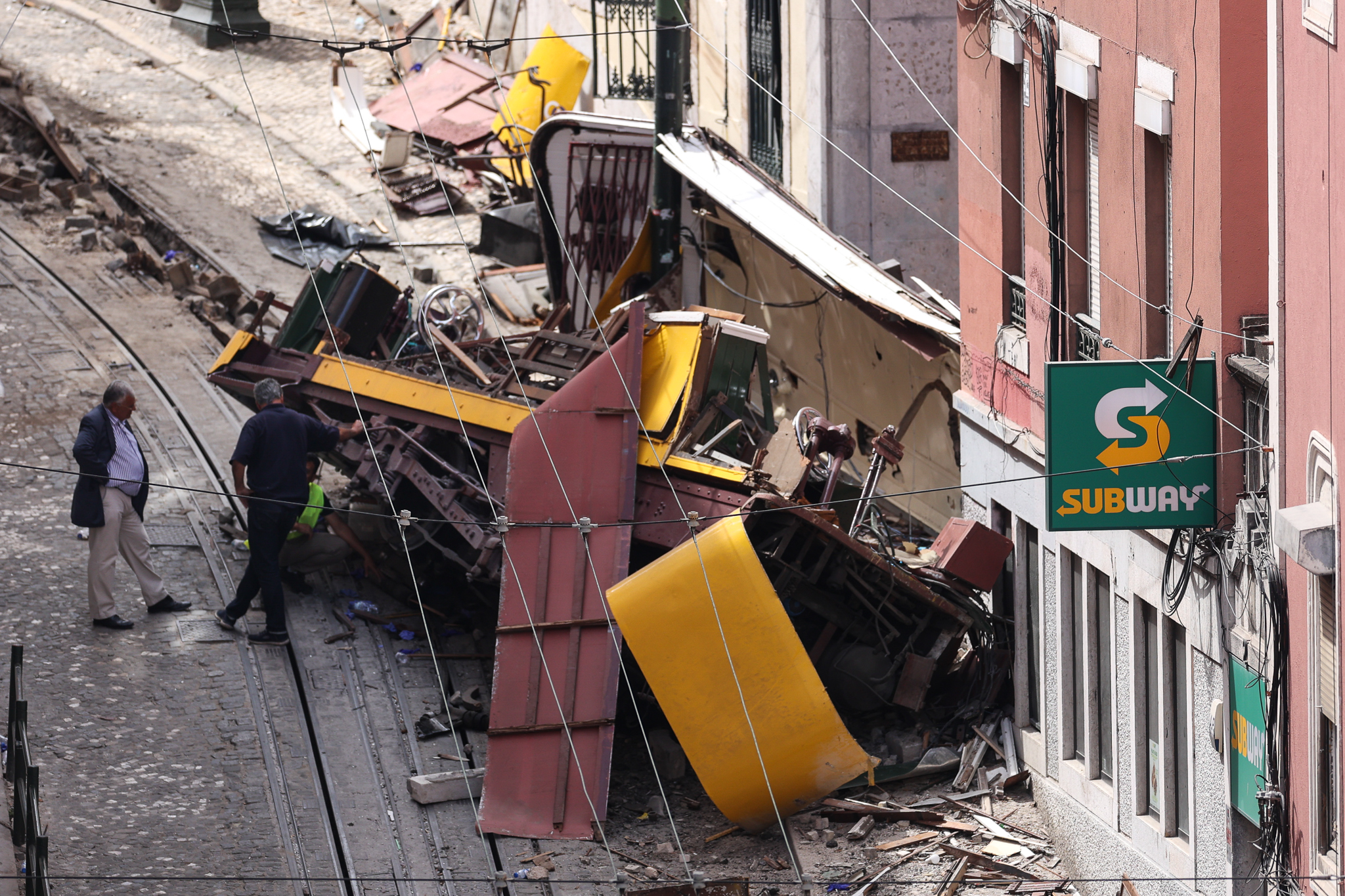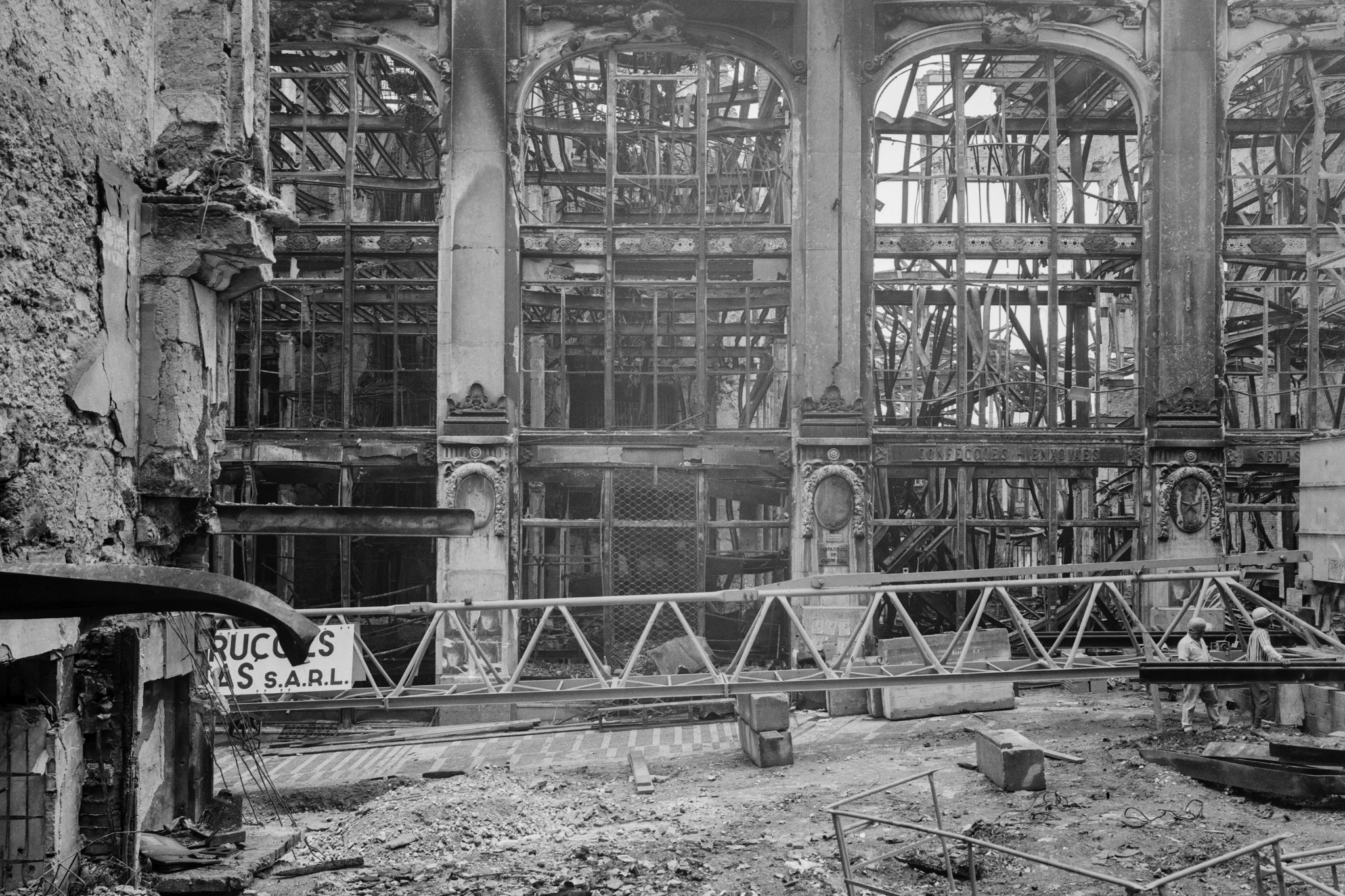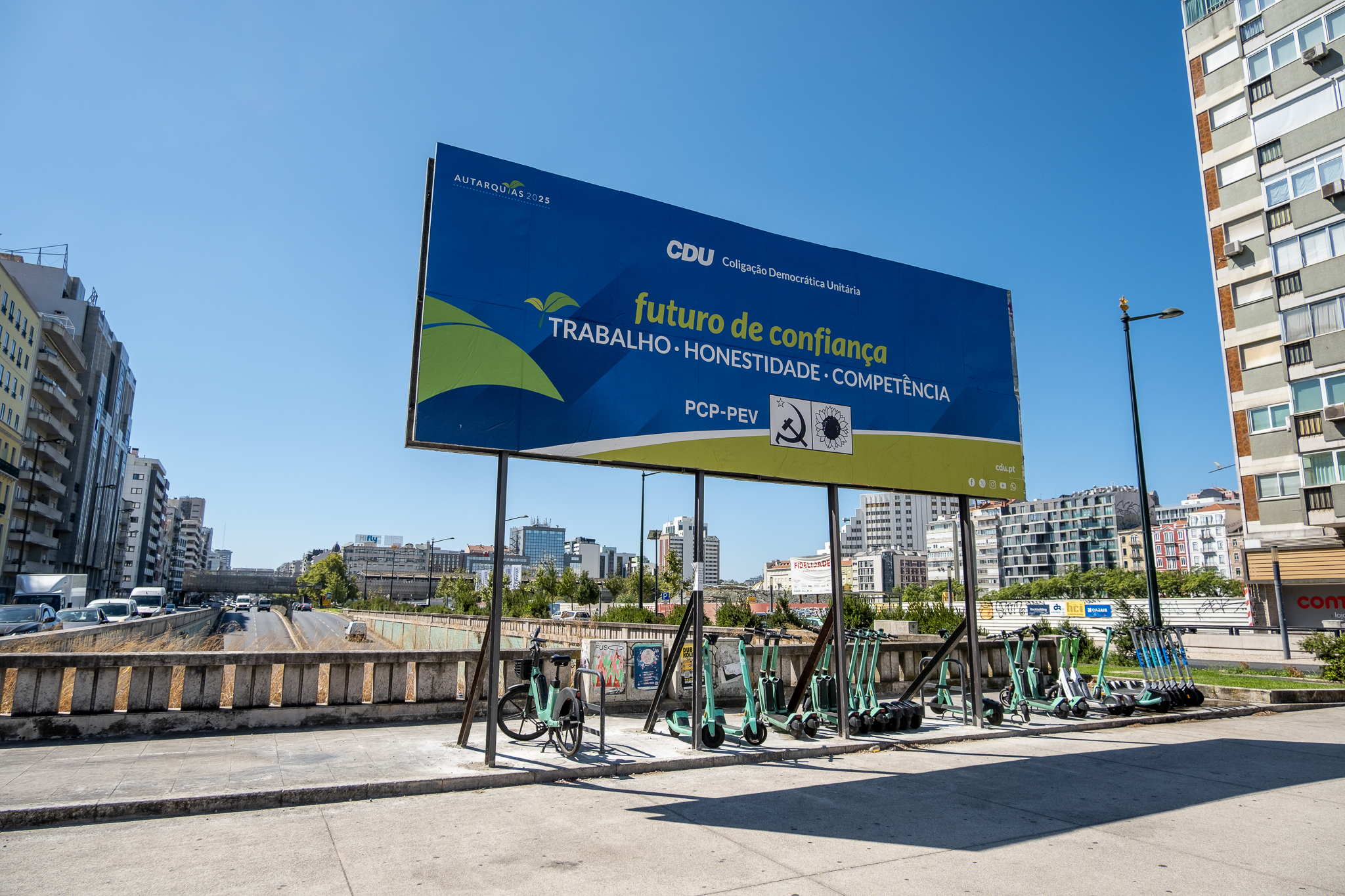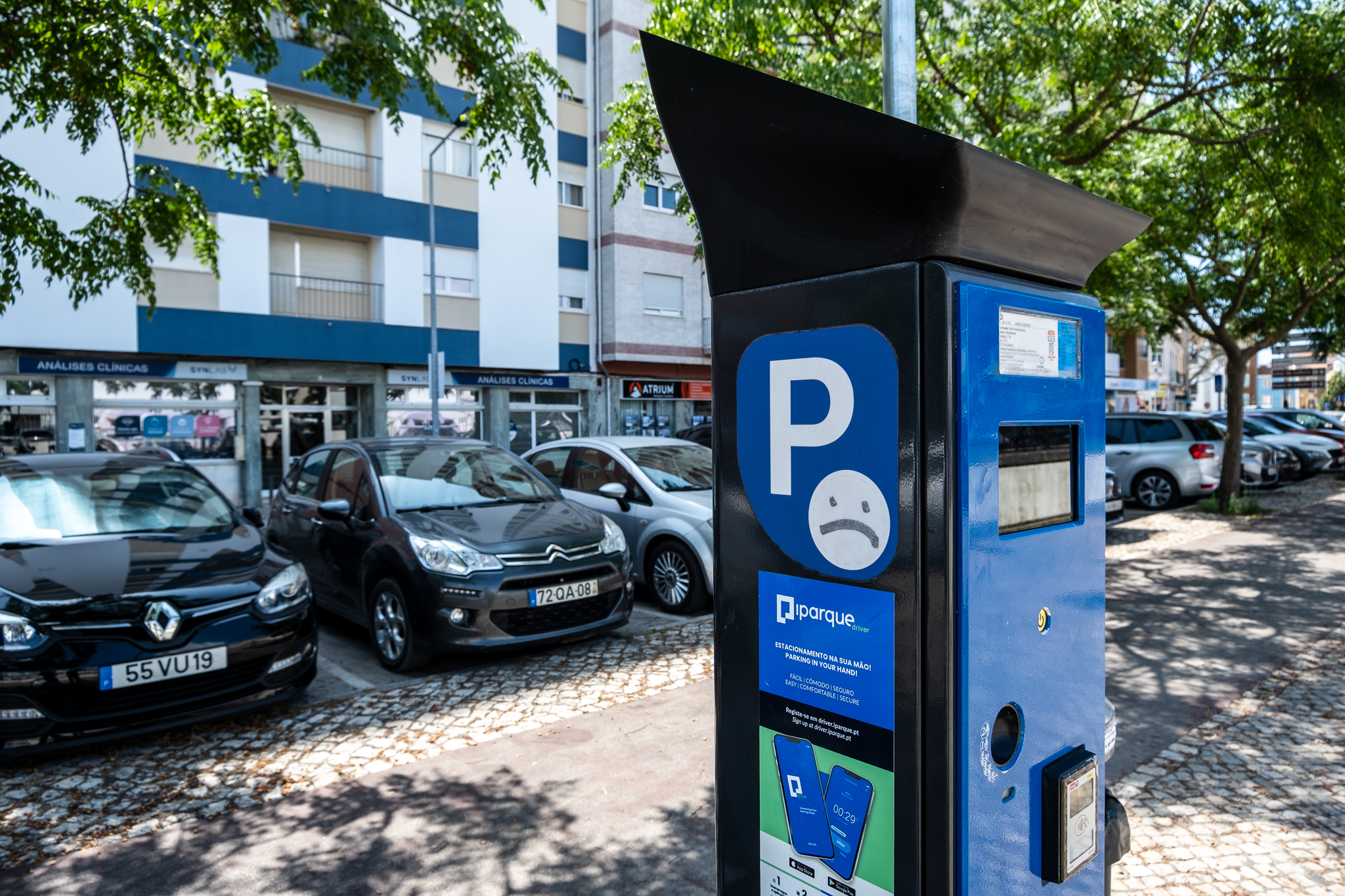A concepção e construção do prolongamento da Linha Vermelha vai ser executada por 321,9 milhões de euros pelo consórcio Mota-Engil/SPIE Batignolles.

Vai avançar o prolongamento da Linha Vermelha do Metro de Lisboa entre São Sebastião e Alcântara, com passagem pelas Amoreiras, por Campo de Ourique e pela Infante Santo. O Metro de Lisboa aprovou, dia 4 de Dezembro, a adjudicação da empreitada de concepção e construção do prolongamento da Linha Vermelha a Alcântara ao consórcio formado pelas construtoras Mota-Engil e SPIE Batignolles, pelo valor global de 321,9 milhões de euros.
O concurso público relativo a esta empreitada tinha sido lançado em 1 de Fevereiro deste ano. O preço base do mesmo tinha sido fixado em 330 milhões.
Apresentaram propostas cinco concorrentes. Além do consórcio Mota-Engil e SPIE Batignolles Internacional, concorreram os seguintes consórcios: a Teixeira Duarte com a Casais, a Alves Ribeiro, a Tecnovia, a EPOS – Empresa Portuguesa de Obras Subterrâneas e a Somafel; a Acciona Construcción com a Domingos da Silva Teixeira; e, por fim, a ZAGOPE com a COMSA e a Fergrupo. A assinatura do contrato respectivo ocorrerá decorridos os prazos legais e a tramitação subsequente, nos termos do regime fixado no Código dos Contratos Públicos.
O custo total elegível previsto para a extensão da Linha Vermelha é de 405,4 milhões de euros. Encontra-se previsto no Plano de Recuperação Resiliência (PRR), e conta com um investimento europeu de 304 milhões e um apoio financeiro nacional de 101,4 milhões.
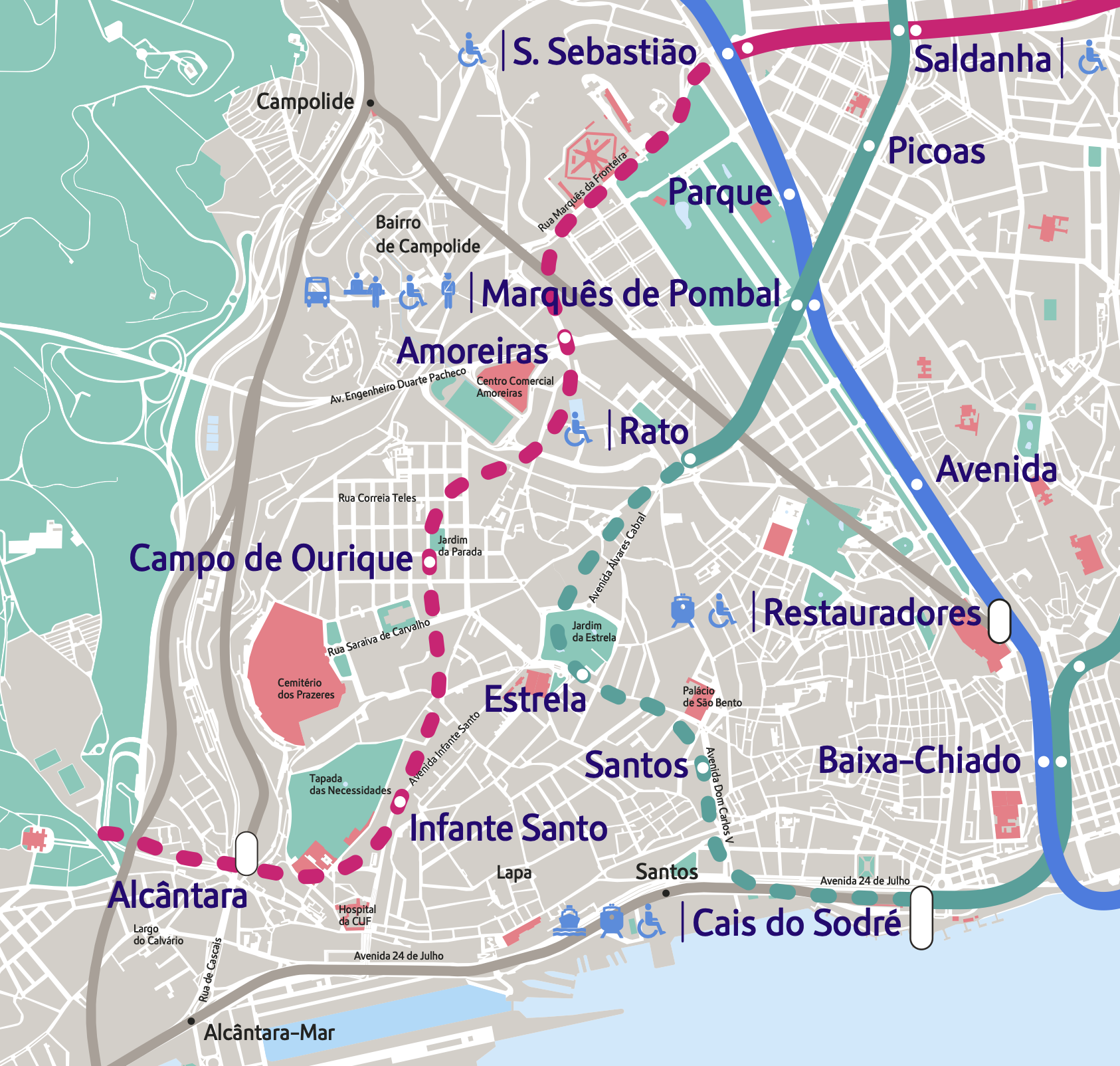
Segundo o Metro de Lisboa, o prolongamento da Linha Vermelha a Alcântara “irá servir zonas com forte atração e geração de viagens, com significativa densidade habitacional e de emprego, escolas, comércio e serviços, assim como alvo de grande reabilitação urbanística, como é exemplo a zona de Alcântara”. Terá uma extensão de cerca de 4 km e quatro novas estações: Amoreiras/Campolide, Campo de Ourique, Infante Santo e Alcântara, esta última fará a ligação à futura linha de metro de superfície, LIOS, com ligação ao concelho de Oeiras. Podes saber mais sobre as estações aqui e sobre o projecto aqui.
Estima-se que a procura diária captada nas quatro estações que integram este prolongamento corresponderá a um acréscimo de 4,7% de clientes em toda a rede do Metro, cerca de 87,8% do acréscimo de procura estimado corresponde aos atuais utilizadores do transporte coletivo. A procura captada ao segmento dos atuais utilizadores de transporte individual representa 11,8%, correspondendo a menos 3,7 mil viaturas individuais a circular diariamente, com ganhos de tempos de 72%, dos quais 53,2% correspondem aos atuais utilizadores. Considerando a análise a 30 anos, as emissões evitadas ascenderão a 175,6 mil ton de CO2, as poupanças energéticas ascenderão a 29,2 mil tep.
Estima-se, ainda, que a transferência de passageiros dos modos rodoviários para o Metro de Lisboa permitirá evitar a emissão de 6,2 mil t de CO2 equivalente (CO2) no primeiro ano de operação. O plano de expansão do Metro de Lisboa “tem, assim, como objetivo, contribuir para a melhoria da mobilidade na cidade de Lisboa, fomentando a acessibilidade e a conectividade em transporte público, promovendo a redução dos tempos de deslocação, a descarbonização e a mobilidade sustentável”, conclui a empresa.

